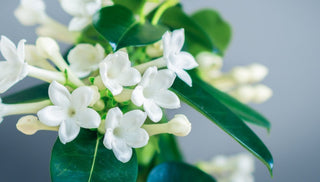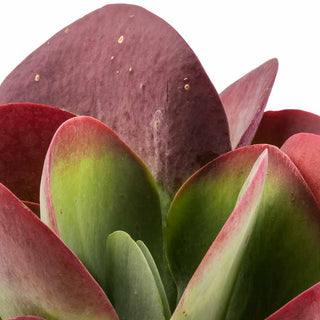☘ Origin: Mexico and the West Indies south to Argentina
☘ Botanical Name: Dieffenbachia Seguine
☘ Family: Araceae
☘ Common Name: Dumbcane
Symbolism: According to folk tradition in Brazil, Dieffenbachia protects against negative energy. That's probably because of all that lovely fresh oxygen.
🍃 Shop Your Dumbcane Plant Today!
🔆 Light
It will do best in bright, indirect light, however, it can tolerate lower light situations. Just don’t let it sit in direct sunlight.
Give your plant a turn every few days to expose all sides to light for even growth from all sides.
💧 Water
Water your Dieffenbachia when the soil is dry 50-75% down. Water thoroughly, and do not overwater to avoid root rot.
To give your plant the absolute best, room-temperature rainwater and bottled spring water are your best options. Any water containing sugar or salt will hurt your plant!
☁️ Humidity
It can survive in a low humidity environment but will thrive with higher humidity levels. Mist the leaves regularly, place a humidifier nearby, or use a pebble tray to raise the humidity, or mist the leave with filtered-water-spray 2-3 times a week.
🌡️ Temperature
Prefers temperatures between (15-26°C) degrees. Avoid cold drafts and sudden temperature changes.
🧴️ Food
For best results, use a liquid houseplant fertilizer diluted to half the recommended strength once a month during the spring and summer.
🐾 Toxicity
considered to be toxic to pets and humans if consumed.
➕ Additional Tips
If you notice the tips or edges of your plant’s leaves are turning brown, often with a yellowish hue at the edge, it could be due to your tap water. You can prevent this by watering with filtered water or rainwater. Remove any yellow leaves to keep your plant strong and growing.



